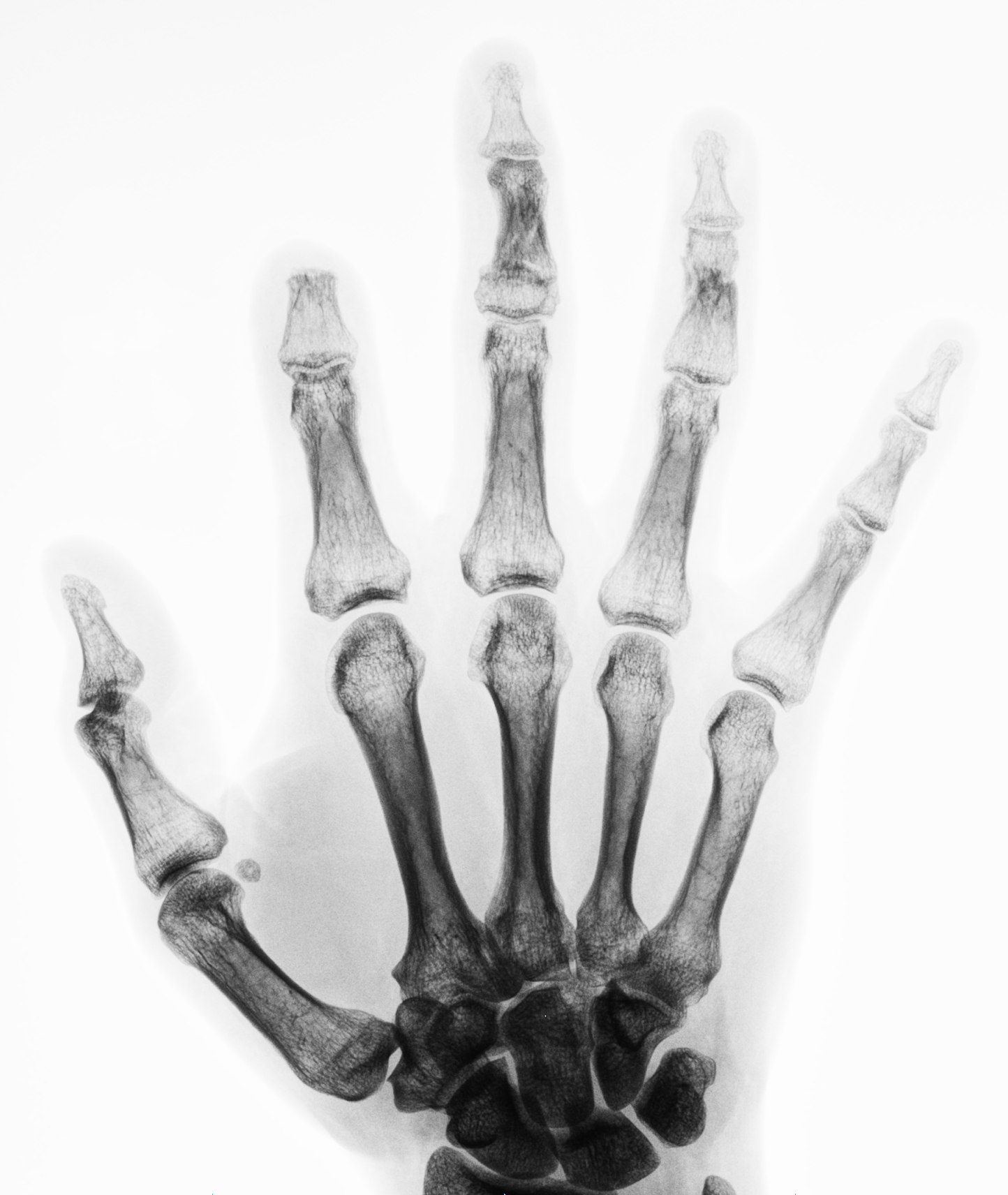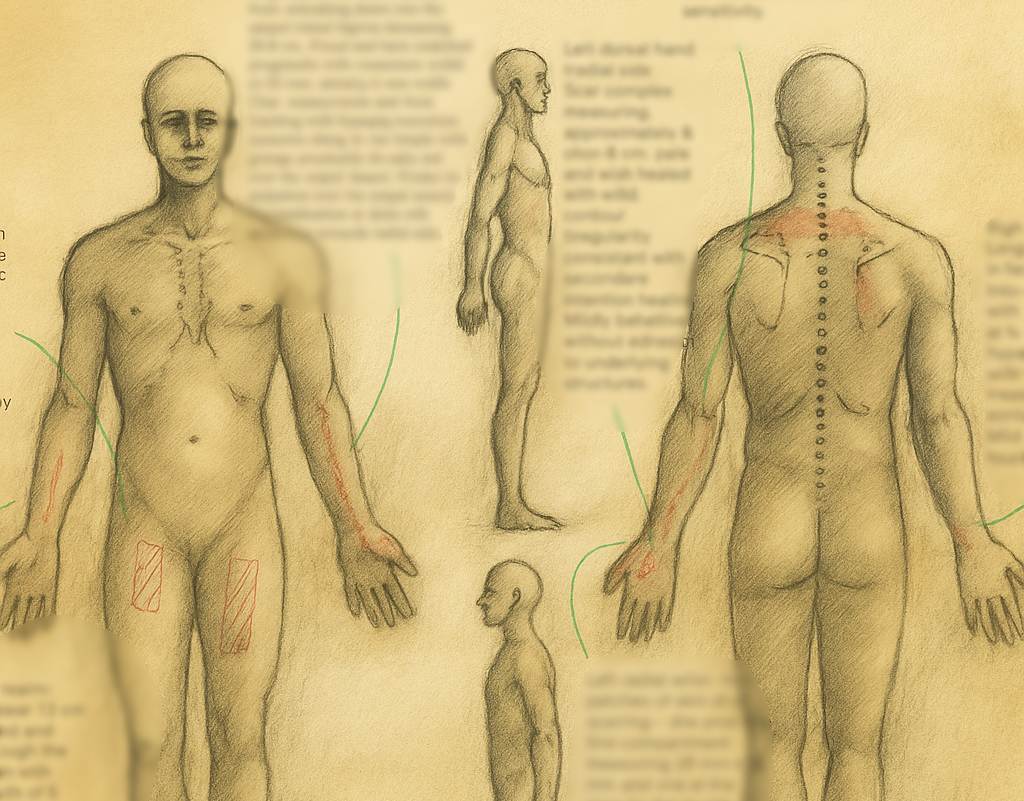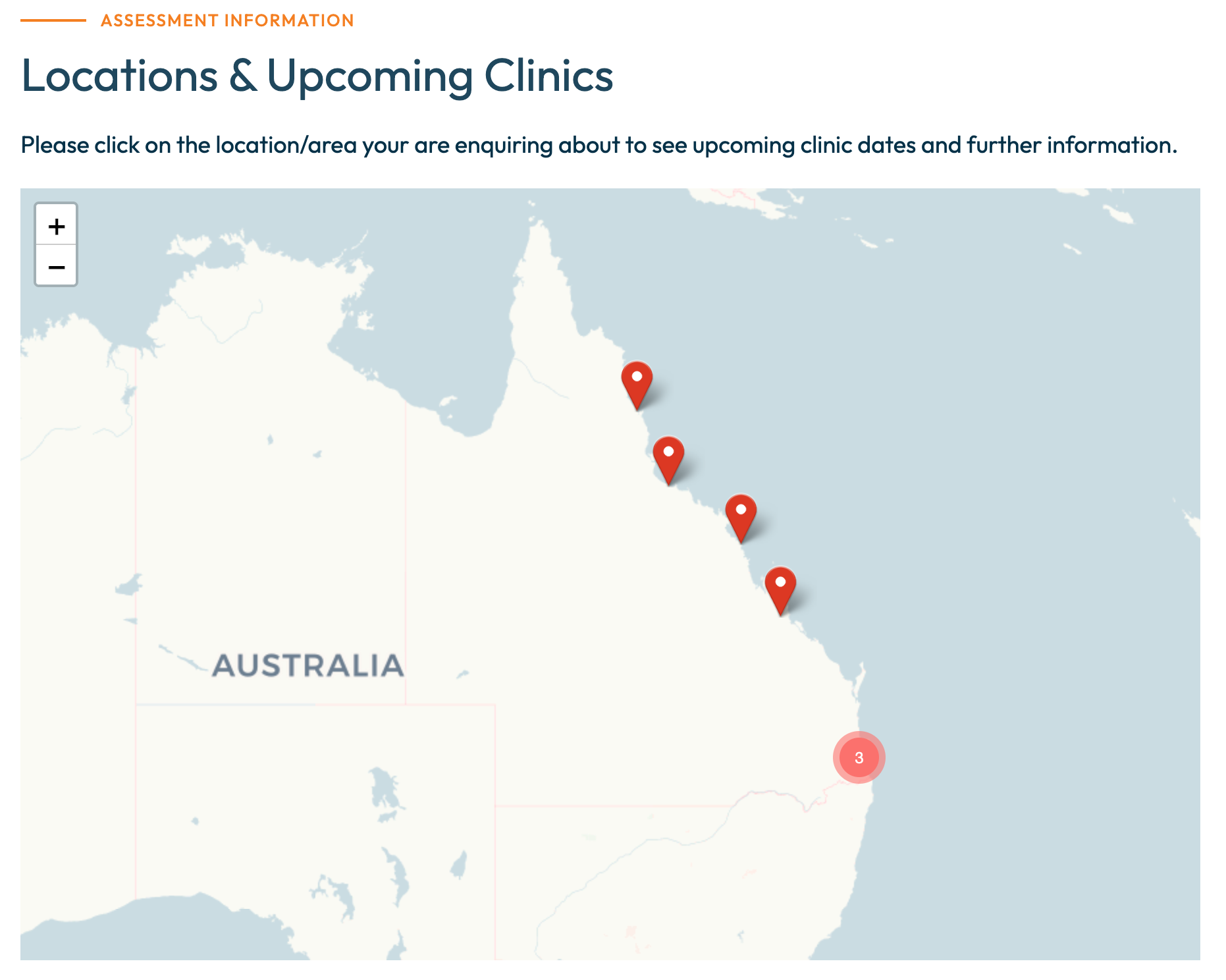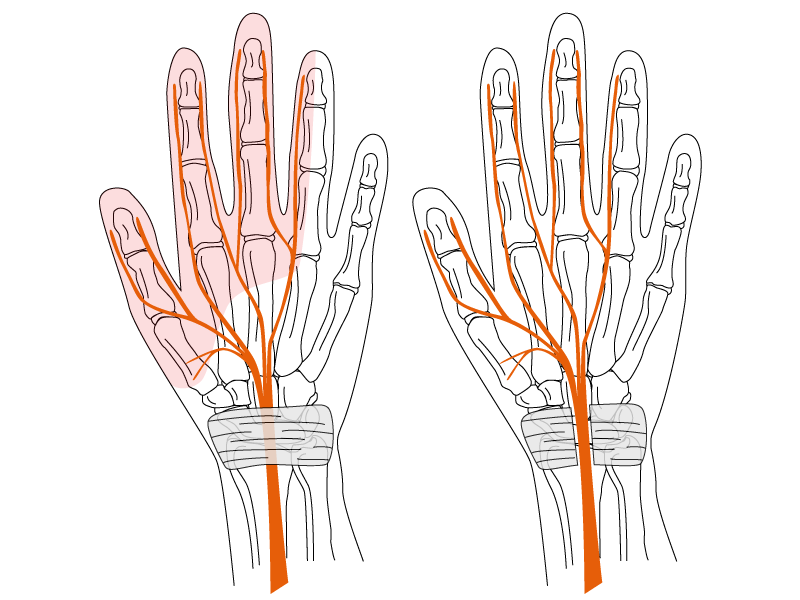Finger and fingertip injuries are among the most common workplace hand traumas, particularly for manual workers operating in hostile environments where hands are exposed to machinery, tools, and vibration. When an amputation occurs, healing may be achieved, but this alone does not guarantee adequate function. Functional recovery relies on a pain-free, stable fingertip able to tolerate the daily trials of manual labour — physical contact, impact, and vibration. For many injured workers, the difference between a well-healed wound and a useful hand lies in that fine margin of comfort and stability.
A stable amputation stump is one that is well padded and pain-free, with good tolerance to contact and impact. If scarring is thin or unsatisfactory, the underlying bone can lie close to the surface and become exquisitely painful when bumped. Equally, digital neuromas arising from amputated nerves are often function-limiting and rarely resolve with conservative measures. Fingertips are necessarily very sensitive, and when injured this sensitivity can create problems out of all proportion to the wound’s size. This is often forgotten — but vitally important. The goals during reconstructive surgery are not only to achieve healing, but to do so with soft, durable cover and appropriate management of divided nerves to prevent neuroma formation. This is followed by targeted hand therapy, rehabilitation, and desensitisation to restore tolerance to contact.
In the independent medical examination, the assessment focuses not simply on whether healing has been achieved but on whether the injured person has reached maximum medical improvement and can function in ordinary work and daily activities. The condition of the stump — its padding, sensitivity, and stability — is critical. In some cases, further treatment or revision surgery may be indicated to optimise outcome. In others, where revision is not feasible, the ongoing symptoms constitute permanent impairment contributing to the quantum of the injury. The goal remains the same: to achieve a stable, durable amputation stump suitable for ordinary work, or, where that is not possible, to clearly define the extent to which pain and instability limit functional capacity. In many cases, fingertip injuries produce functional disability well beyond what can be captured by measurable impairment ratings.






